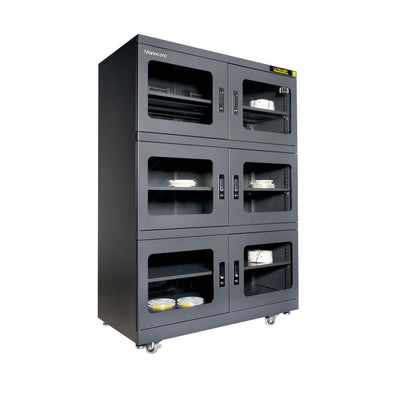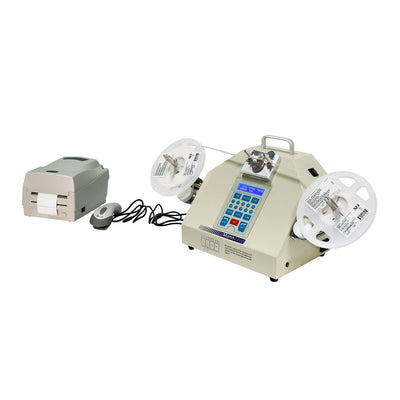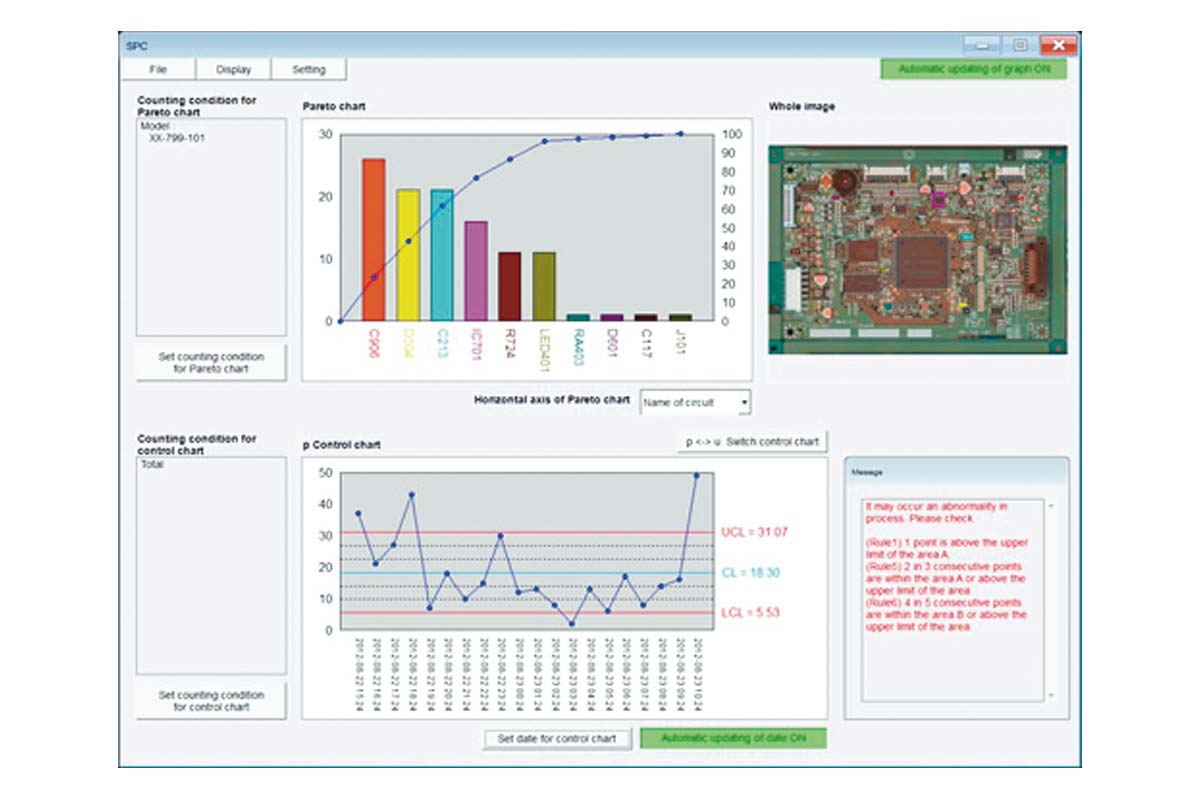Sherlock 300F Benchtop AOI Machine
Sherlock 300F Benchtop AOI Machine
Many companies, especially smaller electronics manufacturers, put off adding automated optical inspection (AOI) to their process because of the high capital investment, the sharp learning curve, and the need for an experienced operator to program and fine-tune it. Benchtop Sherlock 300F AOI machine was designed to make in-house AOI affordable and manageable for first-article inspection, prototyping, and even full production inspection requirements. It features the same technology and quality build of the batch and inline Sherlock 300 models—plus the same two full days of installation and training at your facility offered with the other models*—in a smaller size, at a lower price point.
Share Product
Name:
Regular price
or to view pricing
/
Questions? Reach Out Directly:






 Back
Back
















